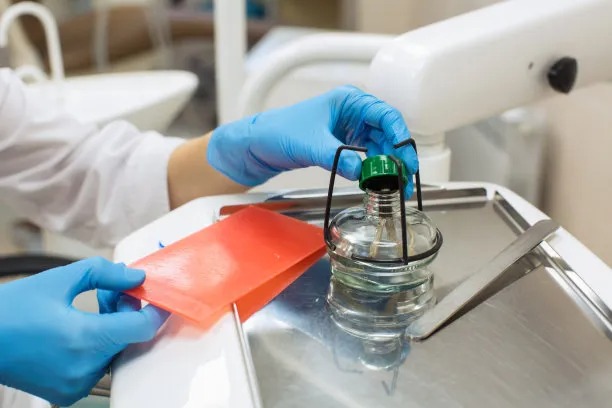Essential Guidelines and Precautions to Ensure Successful Root Canal Treatment and Minimize Risks During Dental Procedures
Summary: Root canal treatment is a critical procedure for preserving dental health, yet it comes with certain risks if not conducted properly. This article discusses essential guidelines and precautions to enhance the effectiveness of root canal treatment and mitigate potential complications. We explore the importance of patient assessment, advanced diagnostic techniques, meticulous procedural steps, and post-treatment care. Together, these elements form the backbone of successful root canal procedures, enabling dental professionals to achieve optimal outcomes while ensuring patient safety.
1. Importance of Comprehensive Patient Assessment

A thorough patient assessment serves as the first step in ensuring successful root canal treatment. The dentist must gather a detailed medical history, including any medications the patient is currently taking and previous dental treatments. This information allows the dentist to understand the patients overall health and identify any risk factors that may complicate the procedure.
Additionally, a complete dental examination is essential. By examining the tooth and surrounding structures, dentists can determine the extent of infection or damage. This step may include using diagnostic imaging such as X-rays to assess the root canal anatomy and identify any underlying issues. A precise evaluation helps inform the treatment plan and anticipate potential challenges.
Ultimately, an accurate patient assessment establishes a solid foundation for the procedure, ensuring that both the patient and dentist are fully prepared for what lies ahead. Addressing any concerns or questions at this stage can also enhance patient comfort and cooperation.
2. Utilizing Advanced Diagnostic Techniques
Advanced diagnostic techniques are crucial for the success of root canal treatments. While traditional X-rays are common, they may not always provide a complete picture of the dental anatomy. Advanced imaging technologies, such as cone-beam computed tomography (CBCT), allow for three-dimensional imaging, offering valuable insights into the intricacies of the tooths structure.
Employing such advanced diagnostic tools enables dentists to visualize complex root canal systems, detect hidden canals, and identify any associated anatomical challenges. This heightened level of detail facilitates more precise treatment planning and enhances the likelihood of successful procedure outcomes.
Furthermore, digital tools can play an essential role in documenting the procedure. These technologies allow for real-time assessments and adjustments, ensuring that the dentist can respond promptly to any unexpected complications during treatment.
3. Following Meticulous Procedural Steps
Adhering to meticulous procedural steps is paramount for minimizing risks during root canal treatments. Each phase of the procedure, from local anesthesia administration to cleaning and shaping the canal, requires careful attention to detail. Proper use of endodontic instruments and techniques can significantly reduce the chances of procedural errors, such as canal perforation or instrument separation.
Additionally, maintaining a sterile environment is vital to prevent infections. Dentists must follow strict infection control protocols to safeguard both the patient and themselves. Utilizing appropriate barriers, disinfectants, and sterilization methods ensures the treatment area remains clean and reduces post-operative complications.
Finally, continuous training and education for dental professionals on the latest techniques and materials can enhance procedural success. Staying up to date with advancements allows dentists to implement best practices and improve patient outcomes significantly.
4. Emphasizing Post-Treatment Care
Post-treatment care is often overlooked but is crucial for a successful long-term outcome of root canal therapy. After the procedure, the patient should receive clear instructions on managing discomfort and when to take over-the-counter pain medications. Dental professionals should emphasize the importance of following these guidelines to aid healing and reduce unnecessary complications.
Regular follow-up appointments are another essential aspect of post-treatment care. Through these visits, dentists can monitor the healing process and ensure that the infection has resolved. If any issues arise, prompt intervention can prevent further complications, such as reinfection or the need for retreatment.
Educating patients on maintaining excellent oral hygiene post-treatment is also vital. This education can empower patients to take responsibility for their dental health and minimize the risk of future dental issues. Ultimately, effective post-treatment care reinforces the success of the initial root canal procedure.
Summary:
In conclusion, ensuring successful root canal treatment encompasses several critical aspects, from comprehensive patient assessments and utilizing advanced diagnostic techniques to meticulously following procedural steps and emphasizing post-treatment care. By adhering to these guidelines and precautions, dental professionals can significantly enhance treatment outcomes while safeguarding patients well-being. Continuous education and active patient involvement further contribute to the long-term success of root canal therapy.
This article is compiled by Vickong Dental and the content is for reference only.



